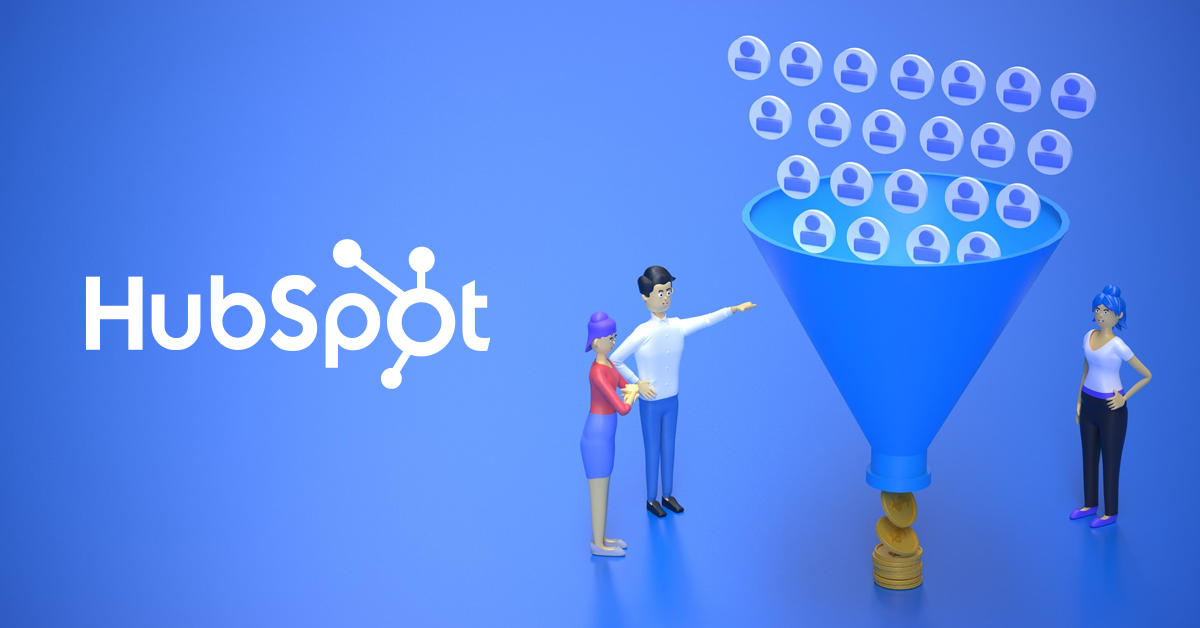Build a foundation and the rules to track campaigns in HubSpot
July 14, 2023

It would be nice if customers followed the same buying rules, but that is asking for the impossible. Working out customer journeys is important because it lists all the stages a customer is likely to go through. Understanding that helps you link campaigns which have worked based on the responses.
Take one scenario. A customer asks for a price list or a brochure based on a campaign and then goes silent. They come back one year later to place an order and you have no way of knowing or assuming what happened in the interim. The other scenario? Customers have several interactions, meetings, and queries to convert. Between these two extremes, a pattern shows up over time, especially when you have a good monitoring and tracking system for leads, Marketing Qualified Leads, and Sales Qualified Leads. This helps to determine the dividing lines between each of them.
With customer interactions over a large base of leads, the diverse routes to conversion can be plotted. Those are the stages that you mark as important, the turning points in a conversion process.
Rules need insight and understanding of customer journeys
So, the first rule? Customer engagement and feedback are the building blocks for plotting customer journeys. With every campaign, the learning and responses should be captured and recorded diligently.
Start small and in stages, experimenting with promises, benefits and tracking each social platform for a few weeks or months. If your sales cycles are longer than a few months, it should be worked to include the parameter, or else the patterns will be flawed.
Understanding the impact of campaigns scheduled and managed through HubSpot requires a system to be put in place by breaking down the sales process
The rules you formulate should be applicable across your lead generation process. And that is how you construct the system in HubSpot to track campaigns.
MEbbestrand, an Elite Partner posed a question in the HubSpot Community: I am struggling to find a good way to visualize this in a Dashboard. We use Campaigns in HubSpot to attribute all the different assets and marketing events pertaining to a specific Marketing Campaign in one place. I want to be able to showcase in a dashboard how many Leads, MQL's, SQL's etc have been generated from all assets connected to a HubSpot Campaign.
Is it even possible? Feels like I have tried just about everything! I have Marketing Hub Prof. for reference.
Tracking contact progression is the way to go
Approved solution by Jacob Olle: This is a great question, and it will depend on how you are tracking and storing data currently. I am going to assume that you are using "Lifecycle stage" to track contact progression here, so hopefully you will be able to use the "Became a [lifecycle stage] date" properties.
I am not sure what all you have in the mix for your campaigns, but you should be able to tie contact creation and "Lifecycle stage" progression back to engagement with specific forms, landing pages, CTA buttons, and marketing emails. This will not be full attribution of course, but you should be able to build a dashboard dedicated to the campaign and create contact lists of anyone who has engaged with those specific marketing assets. You can then use those lists to easily filter your reports.
In terms of tracking created contacts, you can use the "First conversion" property to identify contacts who originated from a form related to your specific campaign or look at contacts who engaged with a particular campaign asset who were created on or after your campaign launch date.
In terms of tracking contacts who changed "Lifecycle stage," you can look at contacts who engaged with a particular campaign asset and have a "Became a [Lifecycle stage date" within the duration of your campaign (or at least on or after the launch date). Just bear in mind that the "Lifecycle stage" conversion may not happen within the campaign timeline, but it could still hold some influence.
The key is to understand attribution reporting
With that in mind, I would also include contacts who engaged with any campaign asset who are also in your deal pipeline (and you can set the timeframe to "All time"). You should highlight closed won and closed lost deals (including the reason) to tie back your deals to specific campaigns. Again, you will not necessarily be able to fully attribute the progression or closed won revenue here, but you can get a sense for the engagement with each campaign relative to your bottom line!
You may be able to uncover more insights with the customer journey reporting tool, but that would require Marketing Enterprise. You can use those lists for additional segmented nurturing or rep follow-up, plus you can easily use them to filter your reports and handle all the advanced logic within the list builder.
Sales reports or marketing reports alone don’t provide the full picture of why customers buy. More importantly, you need to establish the points when you can influence purchase
MEbbestrand’s response: The way to go for me is to create lists based off criteria like "First conversion form" and "Interacted with ad" and rules along those lines. Then utilize those lists to create reports where I can more easily break down the contacts by lifecycle stage.
If this seems complex to handle on your own with internal resources, reach out to Blueoshan to help you setup the entire process. We have years of experience implementing complex workflows for global clients. And finding solutions for niggling problems that affect several processes.
We have helped companies set up hundreds of concurrent marketing campaigns, landing pages and reporting formats across social media. This makes attribution reporting much easier with minimal resources. That expertise is available to you whenever you need it.
Get in touch with us anytime here
Blueoshan is a HubSpot Diamond -Tier Solutions Partner. Delivering worldwide from India

Venu Gopal Nair
Advertising and Branding Specialist, CEO - Ideascape Communications, A professional journey through the tumultuous years of advertising and communication, starting in 1984. Started out in the age of print, saw the changes with the entry of satellite TV and the momentous transition to digital. Advertising and branding today is vastly different from its practices in the 20th century and the last two decades have seen dramatic changes with smartphone domination. As a Creative Director turned CEO, making the transition personally and professionally has been a tremendous experience.
Related Articles

May 11, 2022

June 2, 2023


